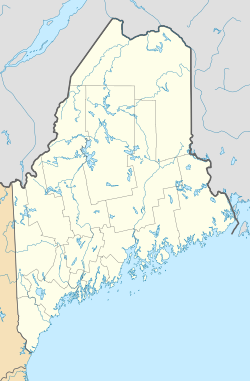Felch Corner, Maine | |
|---|---|
| Coordinates: 43°40′44″N70°47′10″W / 43.67889°N 70.78611°W | |
| Country | United States |
| State | Maine |
| County | York |
| Elevation | 531 ft (162 m) |
| Time zone | UTC-5 (Eastern (EST)) |
| • Summer (DST) | UTC-4 (EDT) |
| GNIS feature ID | 566089 [1] |
Felch Corner is an unincorporated community in York County, Maine, United States. [1]


